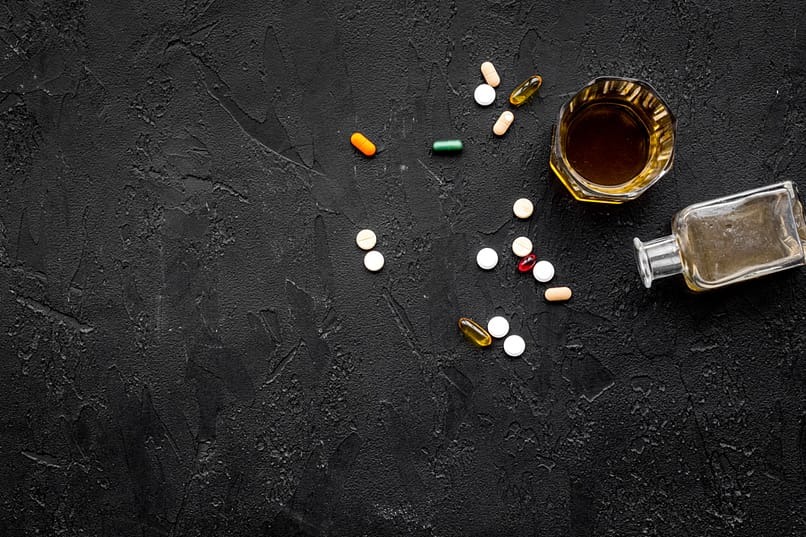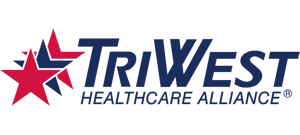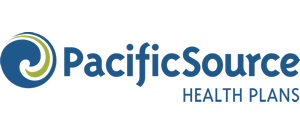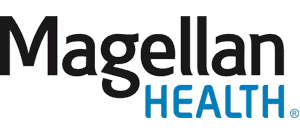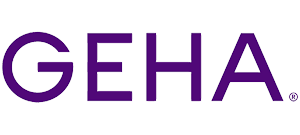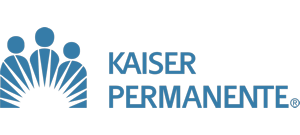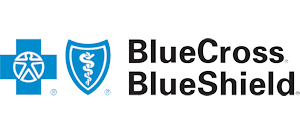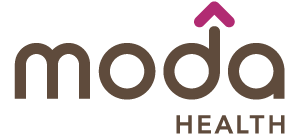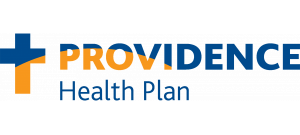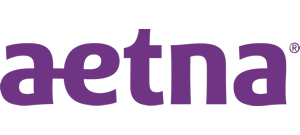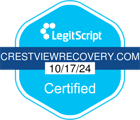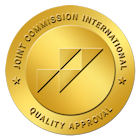Drug testing is a common practice in many settings, such as workplaces, sports, healthcare, and legal systems. It helps to ensure the safety, compliance, and well-being of people and their respective communities. However, not all drug tests are the same, and depending on the purpose and scope of the test, different types of drugs and metabolites can be detected using various methods and samples.
One of the most comprehensive drug tests is the 12-panel drug test, which can screen for 12 different substances in the body. These include illicit drugs, such as marijuana, cocaine, and PCP, as well as prescription medications like opioids, benzodiazepines, and barbiturates. The 12-panel drug test can provide valuable information about a person’s drug use spectrum, but it also has some limitations and challenges. Understanding what the 12-panel drug test shows, how it works, and how it’s used can give you clarity and prepare you for taking the test. If you are struggling with drug use or alcohol misuse, call Crestview Recovery for premiere addiction treatment in Portland, Oregon.
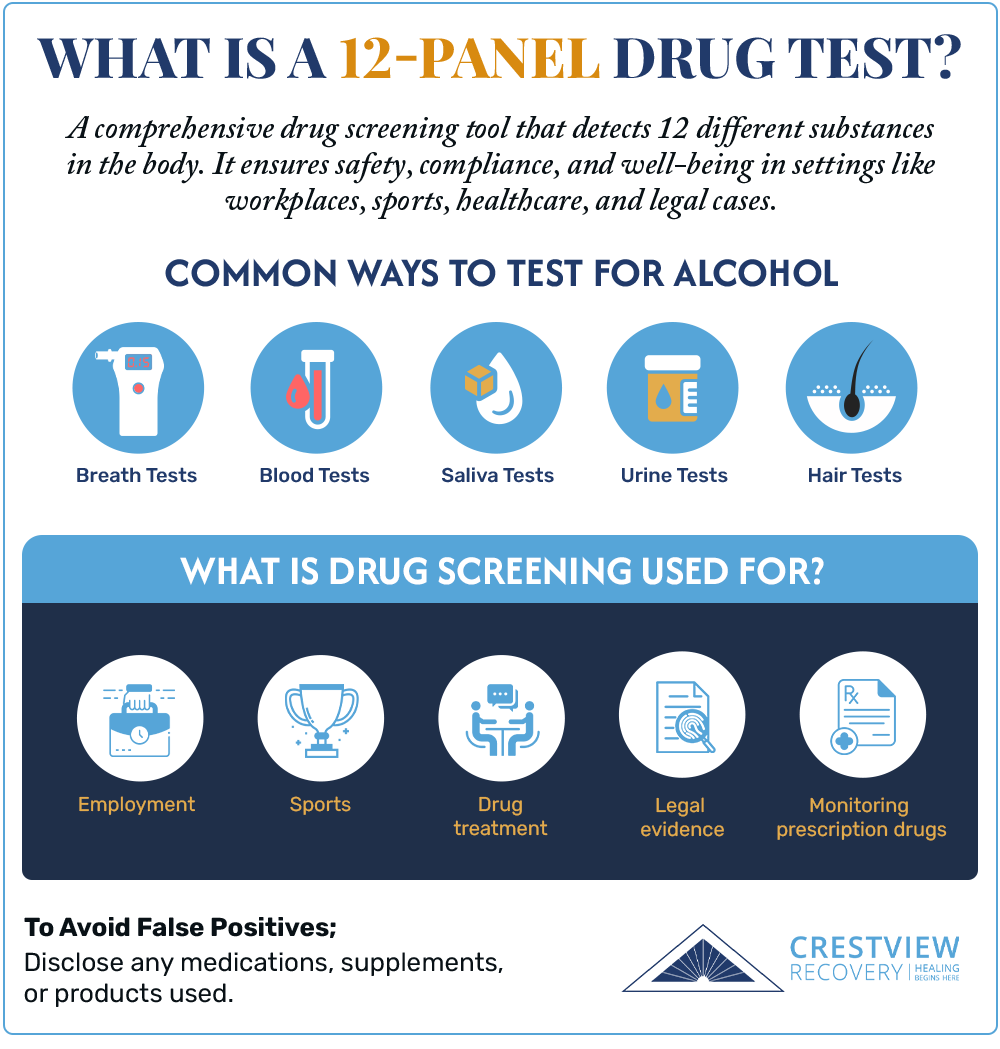
What Is A 12-Panel Drug Test Used For?
A 12-panel drug test is a way of checking if you have used any of 12 different drugs in the past few days or weeks. This test can be done by taking a sample of your urine, blood, saliva, hair, or sweat and sending it to a lab for analysis. You may need to take a 12-panel drug test when:
- Applying for a job that requires you to be drug-free
- Participating in a sport that bans certain drugs
- Getting medical treatment that could be affected by your drug use
- Proving sobriety for a legal situation, such as for DUI
Various drugs that a 12-panel drug test can detect are:
- Marijuana
- Cocaine
- Heroin
- Methamphetamine
- Ecstasy
- Oxycodone
- Barbiturates
- Benzodiazepines
- Methadone
- Phencyclidine
- Propoxyphene
- Methaqualone
Do Drug Tests Test For Alcohol?
This depends on the type of test and the employer’s request. Most drug tests do not include alcohol, though alcohol is classified as a drug. An employer may ask for a separate alcohol test or a broader panel of substances.
The most common ways to test for alcohol are:
- Breath test. This test uses a device called a breathalyzer to measure the amount of alcohol in your exhaled breath. It can detect alcohol for up to 12 hours after drinking and is often used by law enforcement officers to check for impaired driving.
- Blood test. An Etg test uses a sample of your blood to measure the level of alcohol in your bloodstream for up to 12 hours after drinking. It is more accurate than the breath test, but it is more invasive and requires a lab analysis.
- Urine test. This test uses a sample of your urine to check for the presence of alcohol or its metabolites. Metabolites are the substances that are produced when your body breaks down alcohol. This test can detect alcohol for up to 5 days after drinking and is one of the most common tests used by employers, along with other drugs such as marijuana, cocaine, and opioids.
- Hair test. This test uses a sample of your hair to check for the presence of alcohol or its metabolites. This less commonly used test can detect alcohol for up to 90 days after drinking, but it can show a longer history of alcohol use.
- Saliva test. This test uses a sample of your saliva to check for the presence of alcohol or its metabolites. This test can detect alcohol for up to 24 hours after drinking and is similar to the urine test, but it is less invasive and more convenient.
What Is A Standard Drug Test?

A standard drug test is a means of checking if you have used any illegal substances or drugs not allowed by your employer, school, or sport. It normally involves taking a sample of your urine, blood, spit, hair, or sweat and sending it to a lab for analysis, which will then look for signs of drugs or their traces in your body. The most common standard drug test is a urine test, which can detect drugs for a few days or weeks after you use them.
A few of the drugs that a standard drug test can find are:
- Marijuana
- Cocaine
- Heroin
- Meth
- Ecstasy
- Opioids
- Benzos
- Barbiturates
- Amphetamines
How Long Does It Take To Get Drug Test Results?
The results of drug tests can vary depending on the type of test, the drugs being tested, and the laboratory procedures. Some general guidelines are:
- Urine tests: Urine drug tests are the most common type of drug screening, and they can detect a range of drugs, such as alcohol, cannabis, cocaine, opioids, and more. Negative results usually take 1-2 business days to become available after the lab receives the specimen while positive results may take 4-6 days due to additional testing.
- Hair tests: Hair drug tests can detect drug use over a longer period, up to 90 days, and they can also detect a wider range of drugs, such as ecstasy, LSD, and methadone. Hair test results typically take 3-5 business days to be released after the specimens are sent to the lab.
- Other panels: Other types of drug tests, such as saliva, blood, or sweat, are less common and may have different detection times and results. These residual tests are usually used for specific purposes, such as roadside testing, workplace accidents, or legal cases.
What Can Cause A False Positive On A Drug Test?
A false positive on a drug test means that the test shows the presence of a substance that you haven’t taken. There are several reasons this can happen, such as:
- Taking certain medications. A few prescription and over-the-counter drugs can cause your urine to test positive for substances like amphetamines, opioids, or benzodiazepines. Such drugs include certain antidepressants, painkillers, cough syrups, and weight loss pills.
- Eating certain foods. Some foods contain natural or artificial substances that can be mistaken for drugs by some tests. For example, poppy seeds can make you test positive for morphine and codeine, and hemp products can make you test positive for THC (the active ingredient in marijuana).
- Using certain products. Some personal care and household products can contain alcohol or other chemicals that can affect your test results. For example, mouthwash, hand sanitizer, and even vanilla extract can make you test positive for alcohol.
- Being exposed to secondhand smoke. If you are around someone who smokes marijuana or other drugs, you might inhale some of the smoke and have traces of it in your urine. This would be a rare occurrence, though, as you would need to be exposed to a lot of smoke for an extended time.
If you suspect that you have a false positive on a drug test, you should talk to your healthcare provider or the person who ordered the test. They might be able to run a second test to confirm whether the results were accurate or not. You should also be upfront about any medications, supplements, foods, or products that you have used or consumed recently. This might help explain why you got a false positive and avoid any misunderstandings or consequences.
What Is Drug Screening And What Is It Used For?
Drug screening is a way of checking if you have used or misused any drugs, such as alcohol, marijuana, cocaine, or prescription medicines. Screening cannot tell if you have a drug problem, but it can show if you have taken drugs recently or over a long time. A drug screening may use a sample of your urine, blood, hair, saliva, or sweat to look for signs of drugs in your body.
People may need a drug screening for different reasons, such as:
- Employment. Some employers may ask you to take a drug test before they hire you or while you work for them. They may want to make sure you are not using drugs that could affect your performance or safety, for example, while operating heavy machinery.
- Sports. Some sports organizations may test you for performance-enhancing drugs (PEDs) that could give you an unfair advantage, such as steroids or stimulants. They may want to ensure fair play and protect your health.
- Drug treatment. If you are in a program for drug or alcohol addiction, you may have to take a drug test to show that you are following the treatment plan and staying away from drugs.
- Legal evidence. If you are involved in a criminal case or a car accident, you may have to take a drug test to prove whether you were under the influence of drugs or not. This could affect the outcome of the case or the consequences you face.
- Monitoring prescription drugs. If your doctor prescribed you a medicine that can be addictive, such as an opioid for pain, they may ask you to take a drug test to make sure you are following to correct dosage and not misusing it.
Crestview Recovery Can Help You Kick The Habit

Crestview Recovery is a treatment recovery center that excels in offering comprehensive treatment for several substance use disorders (SUD), such as alcohol, opioids, cocaine, methamphetamine, and marijuana. Crestview provides different levels of care depending on the needs of each client, such as residential addiction treatment in Portland, partial hospitalization, intensive outpatient, and aftercare programs.
We also offer individual and group therapy, cognitive-behavioral therapy, family therapy, trauma therapy, and holistic activities to support recovery. Our goal is to help clients achieve abstinence, foster behavioral changes, and embrace sobriety
Contact us today to speak with our admissions team about enrolment or schedule a visit to our facilities.

